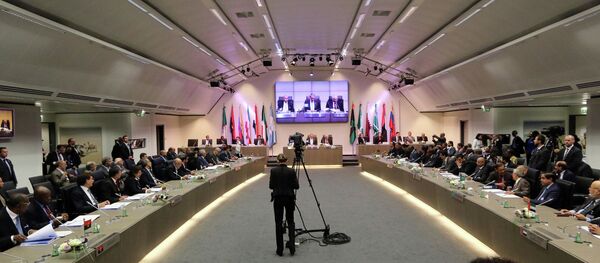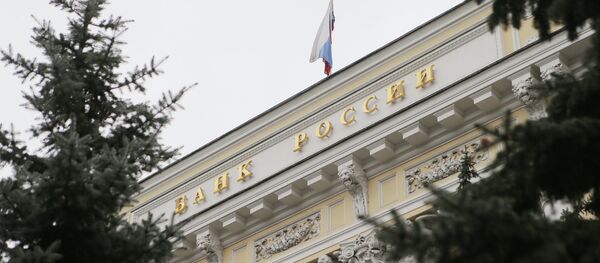According to data from Bloomberg, at Friday’s open, the dollar was priced at 49.18 rubles, and rose a further 1.99% on Friday morning to 49.55. Given its current trend, the ruble is heading for its biggest monthly loss since 2009, on the back of falling oil prices.
HSBC strategist Murat Toprak told Reuters, "The ruble has overshot — but if the oil price keeps going lower like that, this momentum may continue."
According to data from Bloomberg, the price of Brent crude made a small gain of 0.12% on Friday morning to $72.57 per barrel, while WTI fell further to $68.92 per a barrel, a drop of 6.47%. Bloomberg also reported that its Commodity Index of 22 raw materials has dropped 2.11% so far today to 115.00, its lowest level since July 2009.
"Welcome to the new world of oil," Michael Wittner, senior oil analyst at French bank Societe Generale, told Reuters, remarking that the trend toward low prices was set to last in the long term. "Saudi Arabia and OPEC will no longer be the mechanism to balance the market, they have relinquished that role."
Other oil producers suffering from a drop in their currency included Nigeria, Angola and Malaysia. Norway, Western Europe’s largest crude oil producer, saw its krone drop as much as 1.7% against the dollar to 6.94. The dollar was buoyant in the face of currency weakness from oil-producing countries, with Bloomberg’s Dollar Spot Index headed towards its highest close since March 2009.



